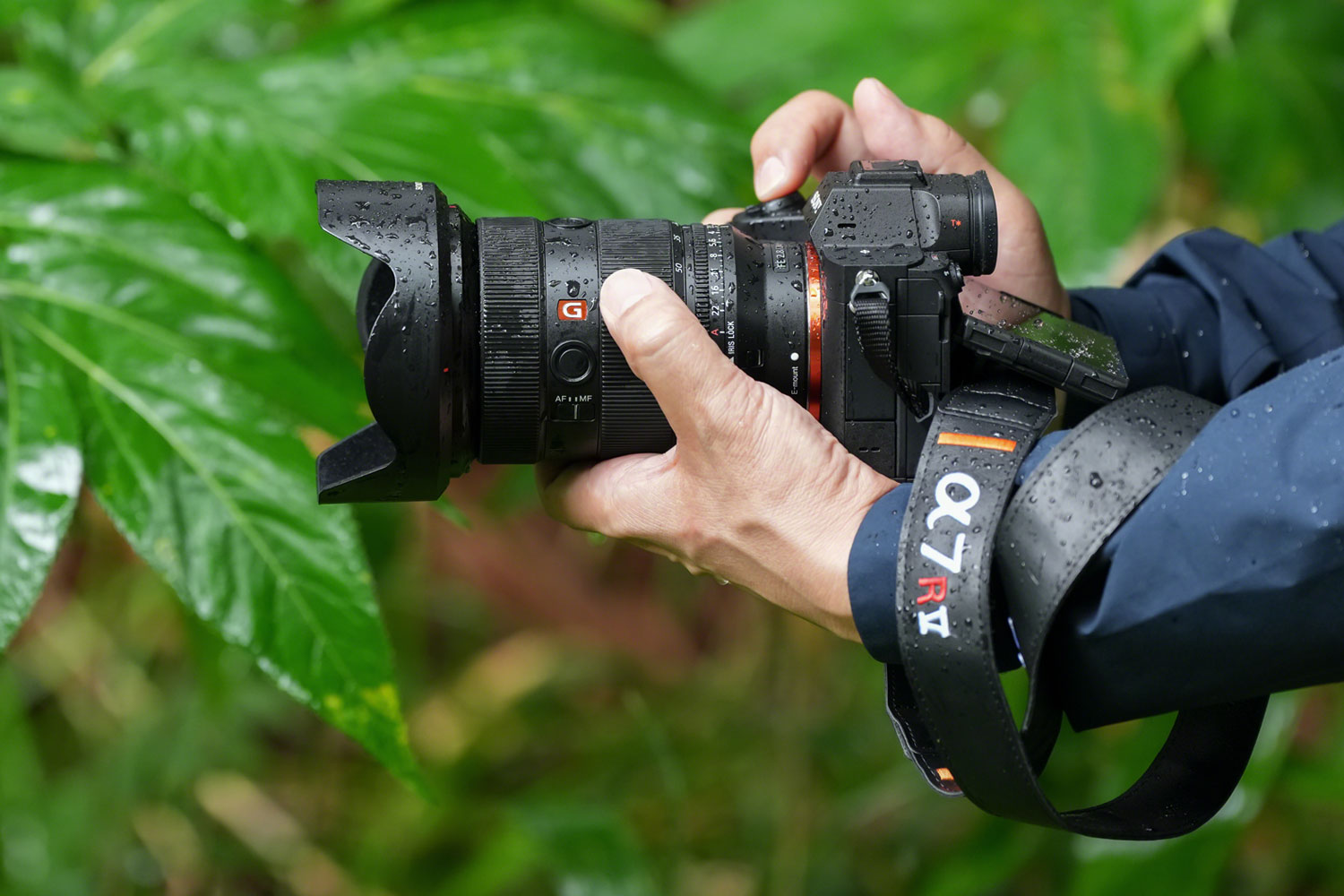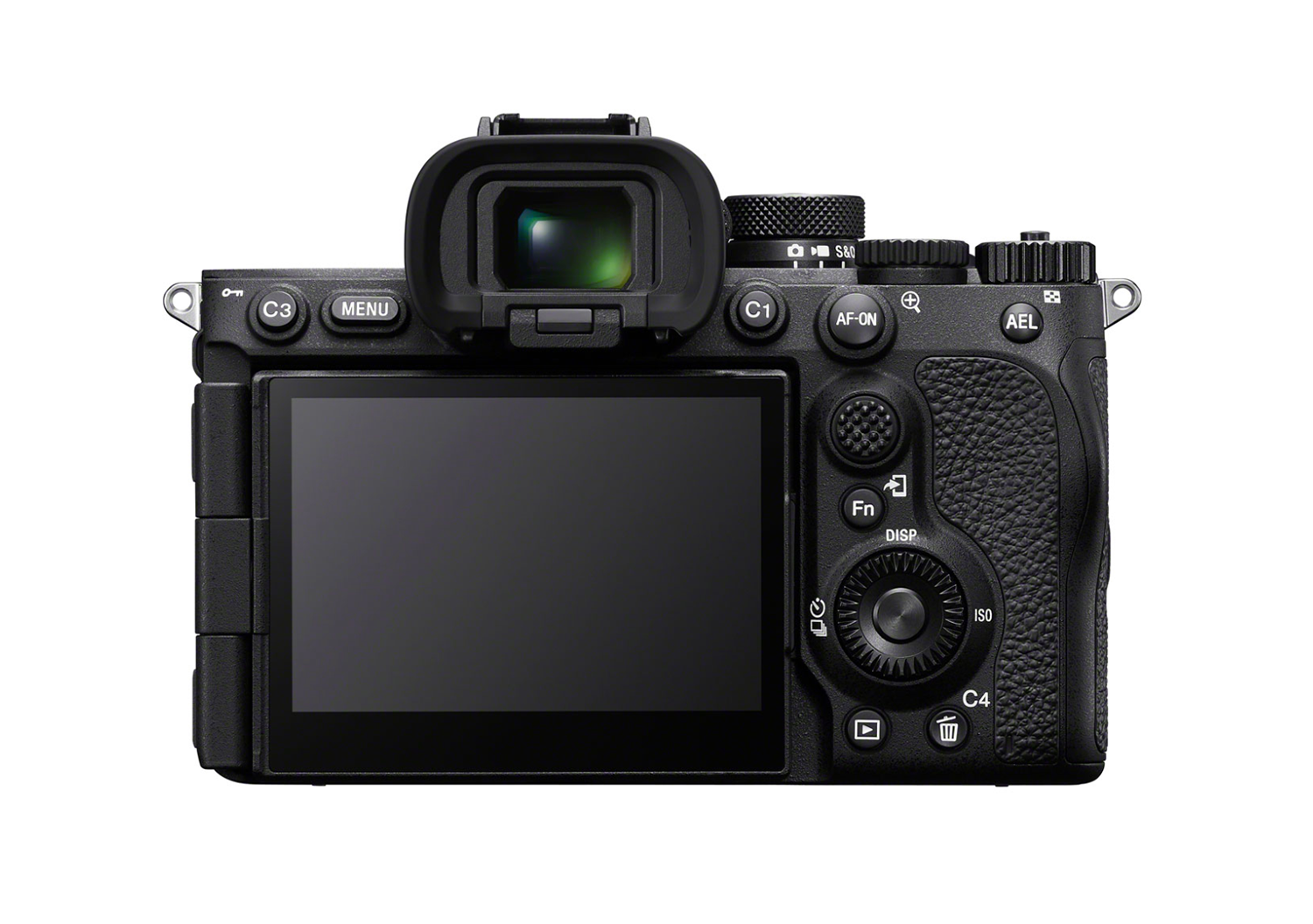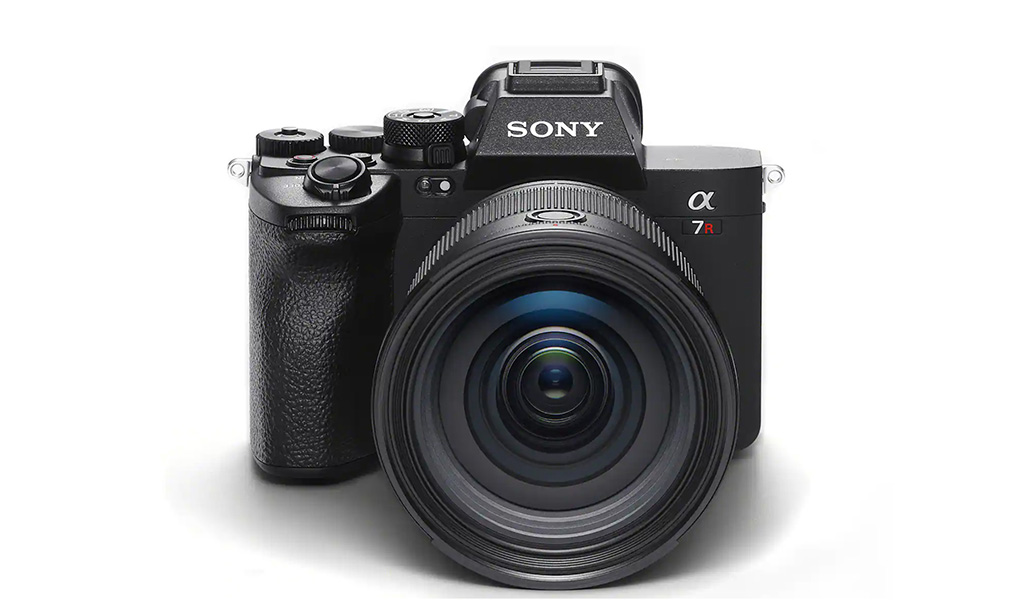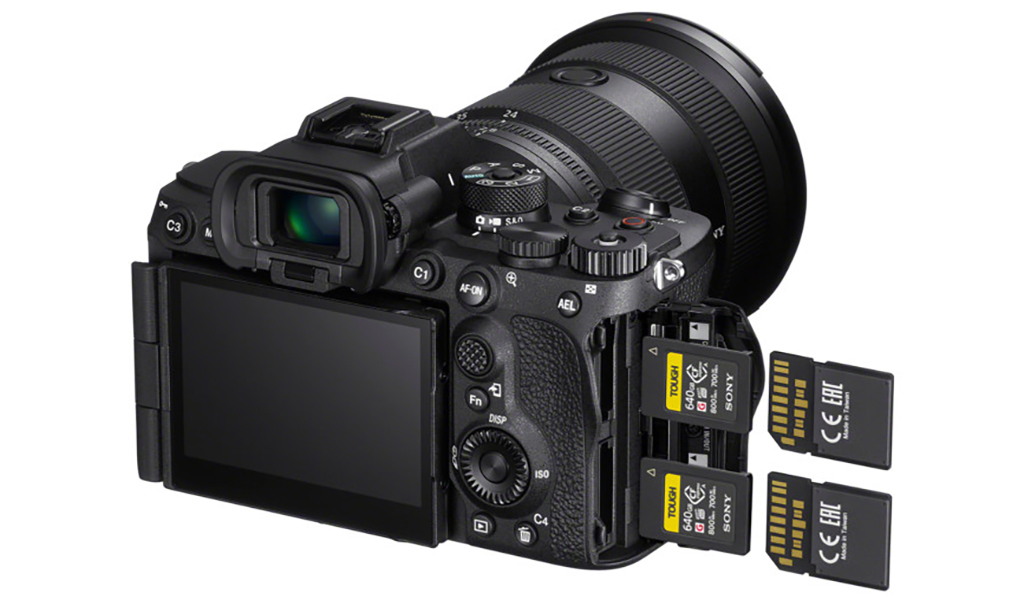
Sony added a new mirrorless camera in the Alpha a7R V to its premium lineup aimed at professional and serious amateur photographers. Sony’s Alpha line already has great options, and the a7R V expands on the previous a7R IV with some additional changes and features.
The ‘R’ stands for Resolution, and this camera is part of that segment, which is why it has a 61-megapixel full-frame image sensor. These R cameras always came with a trade-off, which was to provide higher resolution, only with slower autofocus and processing. Sony tries to close the gap this time around to give you the best of both worlds.

What you can expect with the Sony a7R V
Sony overhauled the autofocus system using what it calls “Real Time Recognition”, a deep learning system based on artificial intelligence (AI) that can detect humans, animals, birds, insects, cars, planes and trains. This is a step beyond the face and eye-detection already established in Sony’s cameras, as it better recognizes heads and bodies. It also works with objects, locking on with better tracking, which should pay dividends when shooting video as well.
This new system is pretty robust, considering it can look for heads, arms, knees, and more. The menu system also lets you choose what you want the autofocus to prioritize, be it people, animals or birds. Sony claims it improves auto-focus performance by as much as 60% with another 40% improvement for animals. It can hone in on a bird’s eyes while it moves, greatly simplifying wildlife photography from a distance.
The 61-megapixel image sensor is the same as the a7R IV, except this camera uses the faster Bionz XR processor. That speed is the reason why the a7R V can shoot in burst at up to 10fps at full resolution. With a combination of faster autofocus and quicker processing, shooting action or moving objects shouldn’t be as difficult now.
Moreover, the LCD screen in the back articulates and flips, making it much easier to take photos from a variety of angles. If you want to shoot in RAW, you can do so in either compressed or uncompressed format, to go with JPEG or HEIF.

When shooting video with the a7R V
Sony placed some emphasis on video capture by adding 8K recording at 24fps. You can also do 4K at 24fps, 30fps or 60fps, including 10-bit and Super-35. Improved 5-axis in-body image stabilization applies, and gets another boost when using the camera with an OSS lens.
It’s not the ideal camera for shooting slow-motion clips because 4K 120fps and 240fps modes aren’t available. It’s not clear why such modes are missing, given the camera is more than capable of recording footage that way. Sony has always positioned the R series as a still photo camera first, with video a nice add-on, so it’s not completely surprising. It’s also unclear whether or not Sony can add such a feature through a firmware update at a later time.

Familiarity and change at once
The a7R V is essentially the same body with the same electronic viewfinder, so size and weight should feel the same. The two UHS-II SD card slots will also accept CFExpress Type A cards. Even though the screen is the same resolution, the fact you can tilt and flip it changes how you position the camera.
Shooting modes are the same, though the menu system adds extra features to what is already a crowded space. For the new autofocus system alone, it’s all the more important to read the manual and make sure you know how to make the right adjustments. Sony tweaked the menu layout to try simplifying things, but how much easier it actually is depends on whom you ask.
Coming soon
The Sony Alpha a7R V will be available for pre-order starting on October 27.



